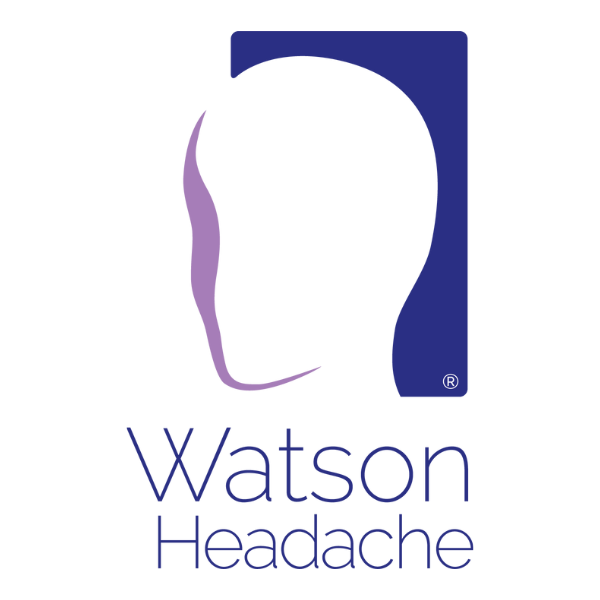Watson’s colleague was intrigued by their previous conversation. “You alluded to the crude, primitive techniques used to reproduce patients’ signature head pain.”
The Frustration
“Yes,” replies Watson, recognising that his colleague is in another searching mood, “essentially, the basis of my frustration is that a comprehensive diagnostic examination for CGH, a musculoskeletal condition, is being done by those without the necessary edification and expertise. Notwithstanding the differences between the two concepts – temporary reproduction and ‘reproduction and resolution’ – of characteristic head pain, a thorough examination of the C0-C3 segments requires skill and experience.”
“Okay, so what does that mean? I am keen to know how you go about.”
The Insignificance of a ‘Comparable’ Sign
Watson, wanting to avoid inundating his colleague with unnecessary information, realises an in-depth explanation is required. “To explain, I need to provide some background information. In situations in which the pain is experienced remotely – referred head pain, if palpation produces localised symptoms only, in conjunction with movement limitations, this is deemed a ‘comparable’ sign, suggestively identifying the symptom source of symptoms i.e., inviting an assumption of the practitioner that this is the source of symptoms. An example is when perceived restrictions at the right C0-C1 joint and associated local tenderness in a patient with a right-sided headache – a ‘comparable’ sign – are presumed to be the source of head pain. Another example, but without pain, is the flexion rotation test; there is an assumption that the C1-2 segment is the source of head pain.”
“I get a sense that you are not a fan of ‘comparable’ signs.”
“Correct. Temporary provocation of characteristic head pain is considered more definitive than those limited to local symptoms. There are two distinct approaches used by those in manual therapy (MT) professions to assess and treat spinal dysfunction, and they are passive physiological intervertebral movements (PPIVMs) and passive accessory intervertebral movements (PAIVMs).”
“Well, what are those, and what is the difference?”
Differentiating PAIVMs from PPIVMs
Watson attempts to explain, trying to avoid a complex reply, “PPIVMs involve moving the segment through its normal range of motion without the patient’s muscular involvement. These movements are what the segment naturally does during typical activities: flexion, extension, rotation, and lateral flexion in the case of the cervical spine. In contrast, PAIVMs are movements the practitioner applies to a patient’s intervertebral segment in directions that are not achievable through voluntary muscle contraction. These movements are typically small, gentle, and specific to the assessed or treated joint. The purpose of PAIVMs is to evaluate intervertebral segment ‘play’, integrity, and the presence of restrictions or dysfunctions within the segment itself. In the context of the cervical spine, PAIVMs involve lateral translation or glide, anterior-posterior glides, or distraction of the vertebrae to assess the facet joints and other segmental structures. Essentially, PAIVMs involve accessory motions that cannot be performed by the patient voluntarily but which PPIVMs rely on for ‘normal’ asymptomatic function; movements that that the spinal segment naturally undertakes.”
“Okay, I’m interested in knowing if you have a preference, PPIMVs or PAIVMs or both?”
PAIVMs reign
Watson’s reply is unambiguous, “Well, because PAIVM tests are more likely to elicit head pain than PPIVMs, since 1991, I have exclusively employed PAIVM techniques, and respectfully, a skilled PAIVM examination requires an in-depth knowledge of the anatomy and biomechanics of the upper cervical spine, specific training and significant experience, which is not included in orthodox medical training. Indeed, additionally and unfortunately, in the undergraduate curricula of the MT professions globally, palpation examination training is becoming less emphasised, with only a sprinkling of dedicated postgraduate programs attempting to fill the void.”
“So, now I understand your perspective and frustration.”
The Unfortunate Direction
Watson appreciates his colleague’s comment, “I am glad to have elucidated the intricacies of a manual examination of the upper cervical spine, but what weighs more heavily is that, essentially, this means that identification of cervical relevancy is doomed to remain obscure, and the fate of those with headache and migraine lies solely in the ‘hands’ of the medical model – um… that’s probably not an appropriate phrase to use – I’ll rephrase that – ‘destined to a lifetime of medication’.”
Watson reflects, “The expertise required for manual cervical reproduction of characteristic head pain is largely absent in the medical model, and in the MT professions is a declining art.”
Watson’s colleague takes a deep breath, pours another considerable glass of 2012 Albert Bichot Cote de Nuits Villages Burgundy, and sits back to reflect.

